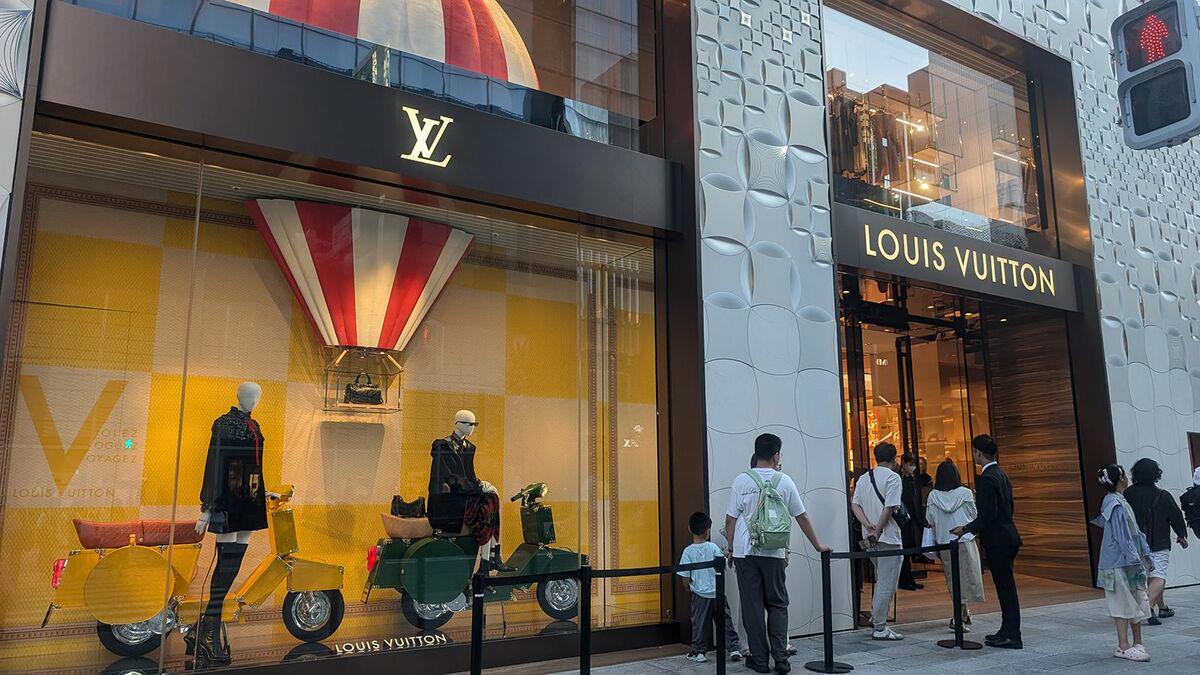
During the Obon holiday, visitors to popular tourist spots in Japan might have been surprised by the prevalence of Chinese tourists, as Chinese travel to Japan has bounced back significantly after delays caused by the pandemic and water release issues. From January to June this year, the number of Chinese tourists visiting Japan increased by over 50% compared to the previous year.
While the number of Chinese visitors has surged, luxury spending, particularly in department stores, has dropped. This is largely attributed to fewer purchases by Chinese tourists. There is uncertainty about how much the spending of Chinese tourists can be relied upon in the future.
The number of Chinese visitors to Japan rose by 53% year-on-year from January to June 2025, reaching about 4.7 million. Despite the increase in visitors, their spending on luxury goods has decreased, potentially due to China’s economic slowdown. The once-phenomenal “shopping sprees” by Chinese tourists in Japan were exceptional events spurred by multiple factors, including a weak yen, and may not be replicated.
Back in the 2010s, Chinese tourists in Japan drove substantial consumption, making up 36.8% of all tourist spending in 2019. However, Chinese e-commerce developments now allow consumers to purchase popular Japanese brands online, reducing the need to buy them in bulk during visits to Japan. Travel behaviors are also shifting from group tours to individual experiences.
A key factor behind past Chinese buying sprees was a weak yen, making luxury goods cheaper in Japan. The yen weakened again in 2024, making high-end products significantly cheaper for Chinese tourists and spurring a buying rush. Yet, after the release of treated water from a nuclear plant, which impacted travel sentiment, this trend also waned.
In 2025, with the yen strengthening, luxury shopping by Chinese tourists declined sharply. Brands like LVMH saw significant decreases in Japan sales, highlighting the fluctuation tied to exchange rates and pricing differences.
Japan’s challenge is to engage with Chinese tourists who seek cultural experiences rather than just shopping bargains. Enhancing cultural exchanges might lead to more sustainable tourism growth, rather than relying solely on the volatile luxury shopping of middle-class visitors.
by MagazineKey4532
